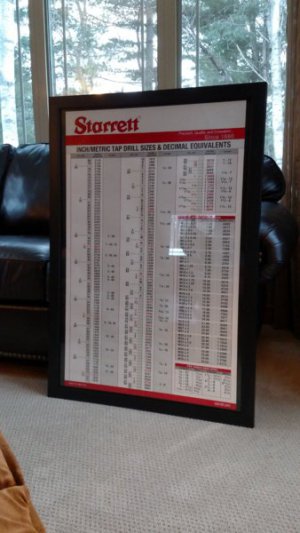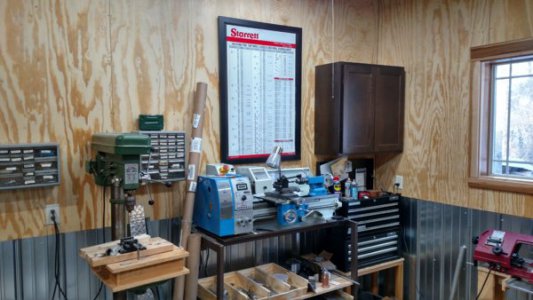H
Hukshawn
Forum Guest
Register Today
That's one way to sell a threading stand and clamp.Got mine a while back. Held to my metal door with magnets. But my little shop still needed an additional bit of old time decor. The calendar is from 1976, the year I went to work in a machine shop.
View attachment 224787



